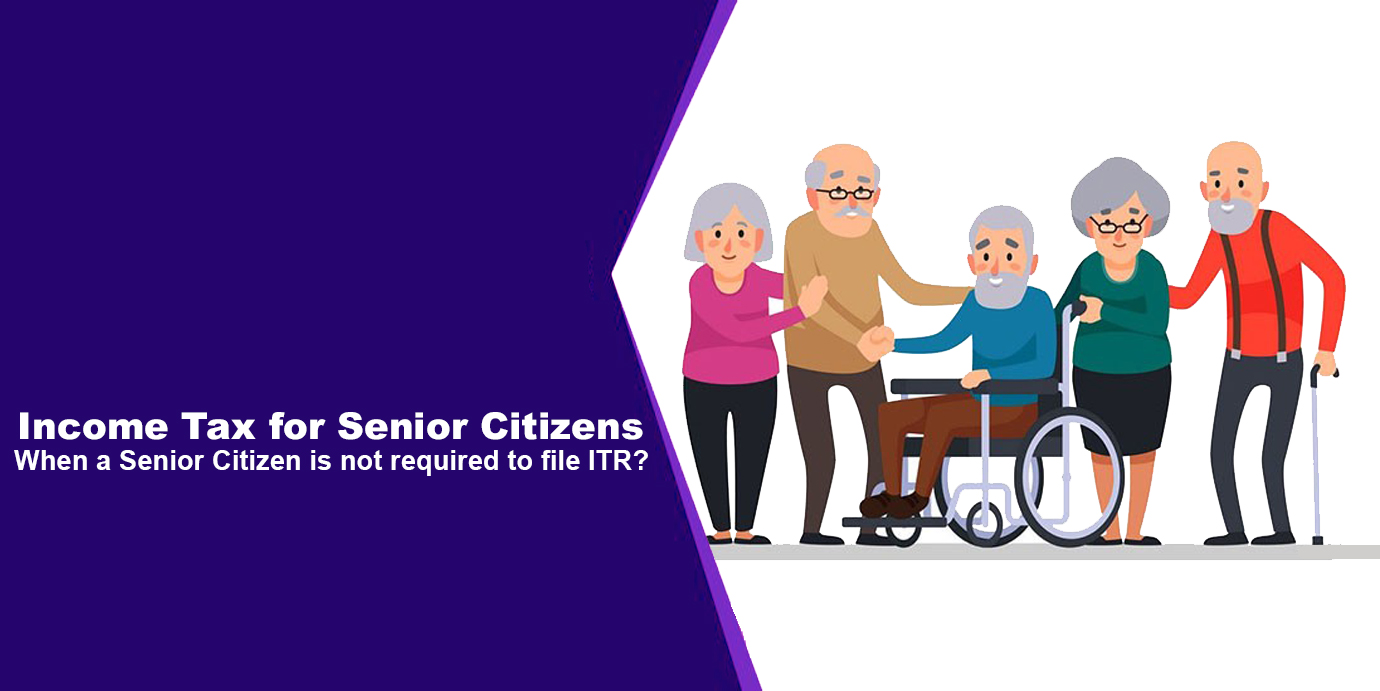 ITR filing for Senior citizen
ITR filing for Senior citizen

For senior citizens, the process of filing an income tax return (ITR) in India is similar to that of other taxpayers, with a few additional considerations.
Here is a concise summary of the main steps involved:
Determine Eligibility:
Individuals aged 60 years or above are considered senior citizens for income tax purposes. Ensure that you meet the eligibility criteria as a senior citizen before proceeding with the ITR filing process.
Gather Required Documents:
Collect all relevant documents, including Form 16 (if applicable), salary slips (if applicable), bank statements, investment proofs, and other supporting documents related to your income and deductions. Senior citizen ITR filing
Choose the Appropriate ITR Form:
Select the ITR form that is applicable to you based on your income sources, residential status, and other factors. Senior citizens who have income from pension, interest, or other sources may generally use ITR-1 (Sahaj) or ITR-2, depending on their specific circumstances.
For more information visit this site: https://www.incometax.gov.in
Compute Total Income:
Calculate your total income, including income from all sources such as pension, interest, rental income, and any other income earned during the financial year.
Consider Deductions and Exemptions:
Evaluate the deductions and exemptions available to you as a senior citizen under various sections of the Income Tax Act, such as Section 80C (for investments like EPF, PPF, senior citizen savings scheme, etc.), Section 80D (medical insurance premiums), and other applicable sections. Ensure that you have the necessary supporting documents for these deductions and exemptions.
Fill in the ITR Form:
Fill in the ITR form with accurate information regarding your personal details, income, deductions, tax payments, and other required details. Provide a breakup of income under various heads and provide information about any losses, if applicable.
TDS Verification:
Verify that the TDS (Tax Deducted at Source) deducted from your income, such as pension or interest, is correctly reflected in your Form 26AS (tax credit statement available on the income tax department’s website). If there are any discrepancies, reconcile them with the deductor and ensure that the TDS is appropriately credited.
Validate and Submit ITR:
Validate the filled ITR form and generate the XML file. Upload the XML file on the income tax department’s e-filing portal and submit the ITR. Choose the appropriate verification method, such as electronic verification using Aadhaar OTP or sending a signed physical copy of the ITR-V to the CPC (Centralized Processing Centre).
Keep a Copy and Acknowledgment:
Retain a copy of the filed ITR for your records. Ensure that you receive an acknowledgment (ITR-V) after successful submission and verification of the ITR.
Avail Senior Citizen Benefits:
Take advantage of the various benefits available to senior citizens, such as higher exemption limits for income tax, additional deductions for medical insurance premiums, and benefits under the Senior Citizen Savings Scheme, among others.
Remember that these are general guidelines, and the actual process may vary based on individual circumstances. It’s advisable to refer to the latest guidelines issued by the income tax department or consult a tax professional for accurate and updated information regarding ITR filing as a senior citizen Senior citizen ITR filing: